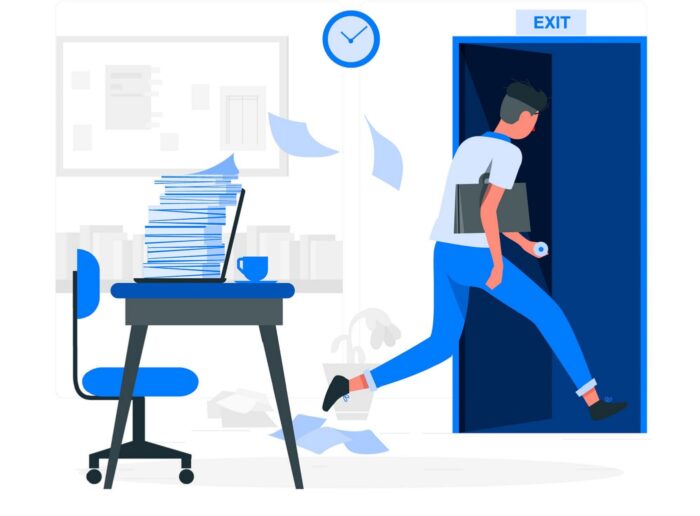
Can You Fire An Employee? Take These Steps First
October 23, 2020
That’s it! You’re done! You can no longer handle the antics of your bad worker. But how do you fire an employee the “right way?”
You need to protect yourself and your company. Even in at-will environments, you must ensure there is no liability for wrongful termination, and that the actual firing adheres to state and federal laws.
So, first things first, you have to ask if this is a rightful termination.
Are You Within Your Rights to Terminate?
Depending upon how egregious an employee’s missteps have been, you may have to evaluate your company’s policies before choosing to terminate. For instance:
- Do you have progressive discipline policies, and did you follow them?
- Was documentation adequate along the way?
- Is this firing consistent with previous firings and employees guilty of similar infractions?
- Is there a written employee contract or union contract?
- Is there an oral contract? (This could be as simple as a supervisor making a promise to the employee, even if that supervisor had no company authorization to make such a promise.)
- Is there an implied contract? (Anything from long-term employment to consistently positive employee evaluations?)
- Is the employee in a special protection category? (Falling under the Americans with Disabilities Act, FMLA or Title VII/California’s Fair Employment and Housing Act? Currently pregnant? Recently filed a Workers’ Compensation claim?)
When it comes to contracts and protections, you have to be careful. That doesn’t mean employees under those conditions are immune from termination, but rather that your reasons for firing them have to be even more solidly documented. This is exactly why supervisors should always write genuine reviews, why all disciplinary action should have documentation, and why supervisors should never make promises about employment.
This Employee Still Needs to Go: Now What?
 Let’s say that after a careful review of all the documentation and company policies, you conclude that you are absolutely within your rights to terminate this employee. What do you need to know in order to legally complete that termination?
Let’s say that after a careful review of all the documentation and company policies, you conclude that you are absolutely within your rights to terminate this employee. What do you need to know in order to legally complete that termination?
First of all, every terminated employee must receive an immediate payment of all wages owed, including any unused vacation time. So be prepared to hand over a check at the time of termination.
In addition, this is what your employees must receive upon being let go:
- Notice to Employee as to Change in Relationship form
- For Your Benefit unemployment benefits pamphlet
- COBRA Notice and Election form for employees and their dependents who are enrolled in the group health plan (Employers with 20 or more employees)
- Notice of Cal-COBRA Continuation of Rights for covered employees (Employers with less than 20 employees)
- Health Insurance Premium Payment (HIPP) for covered employees (Employers with 20 or more employees)
- HIPAA Certificate of Group Health Plan Coverage for covered employees
- Notification of all continuation, disability extension, and conversion coverage options under any employer-sponsored coverage for which the employee may remain eligible
- If the termination is due to a layoff or position elimination covered under the WARN Act, you must give employees written 60-day notice.
Cover Your Bases
Even when an employee’s actions make it so that their termination is inevitable, the employer is still responsible for ensuring the termination is compliant with state and federal guidelines. Train your supervisors in proper documentation practices now, and maintain a folder with the required forms for termination so that you are always prepared for those times when an employee requires termination.
Terminations are tricky. Still have questions? Download our free guide now, or reach out to us to chat directly. We’re here to help!
October 23, 2020
Topics: Compliance & HR termination

Comments are closed here.